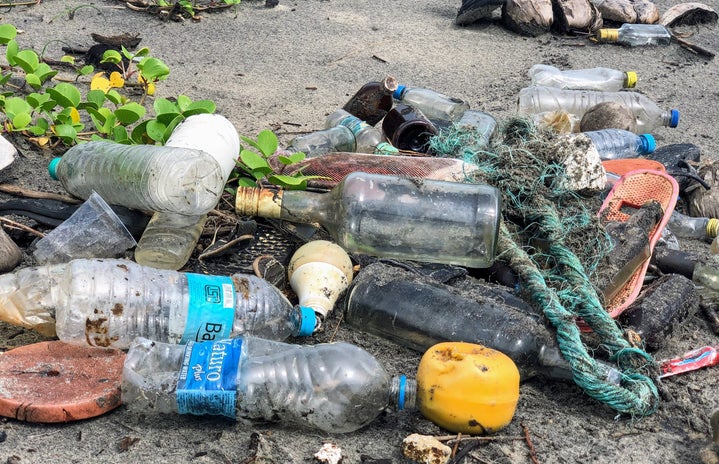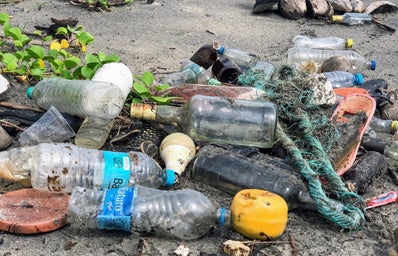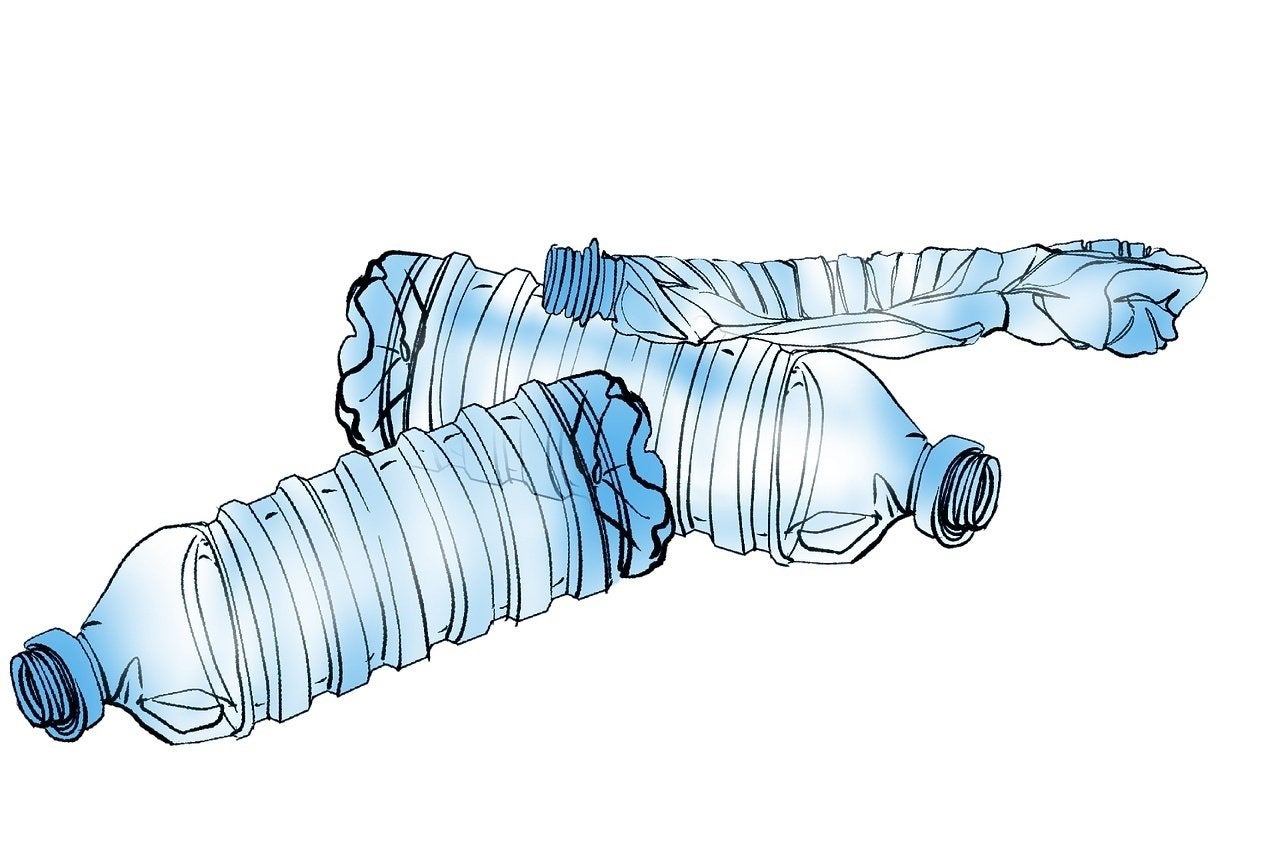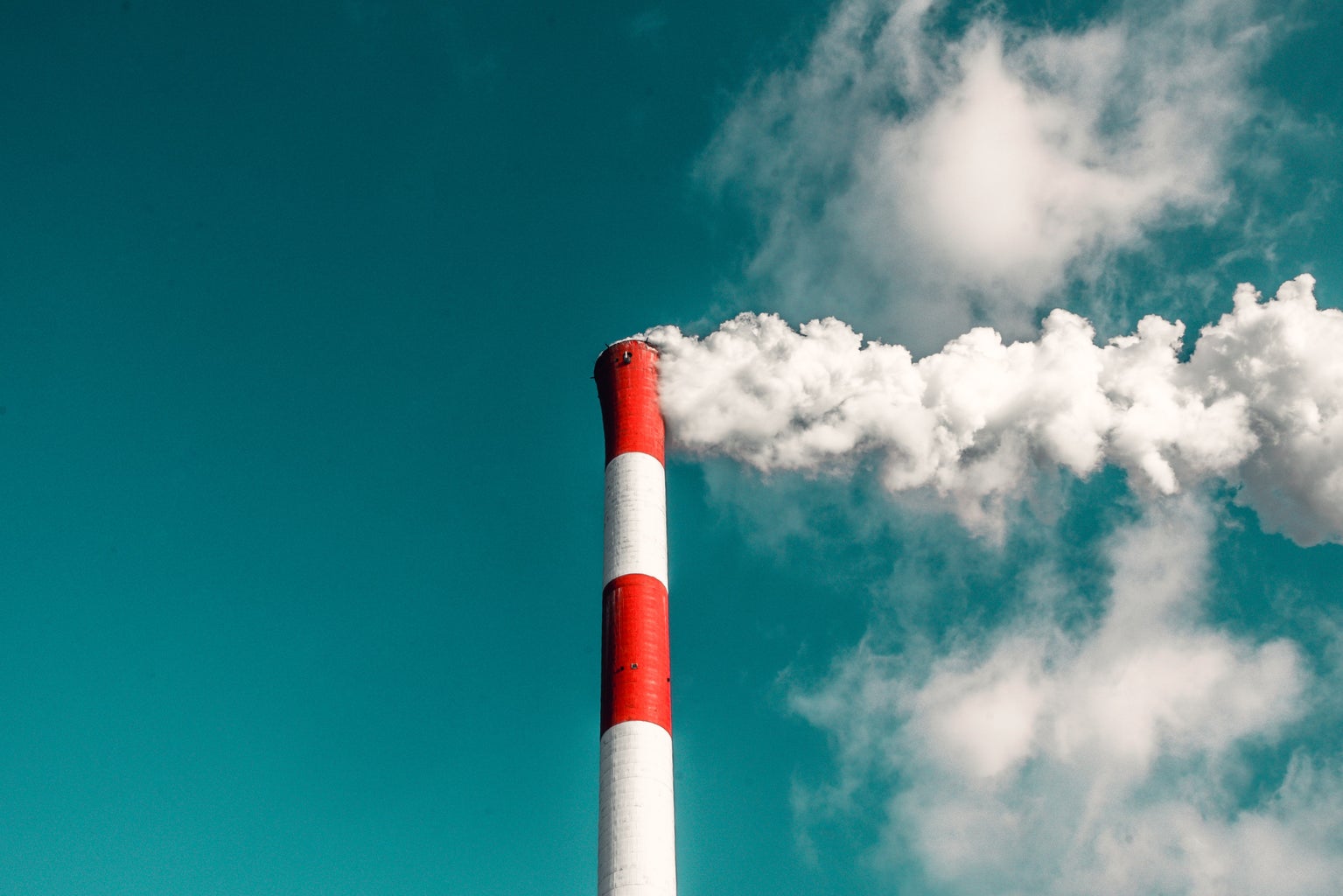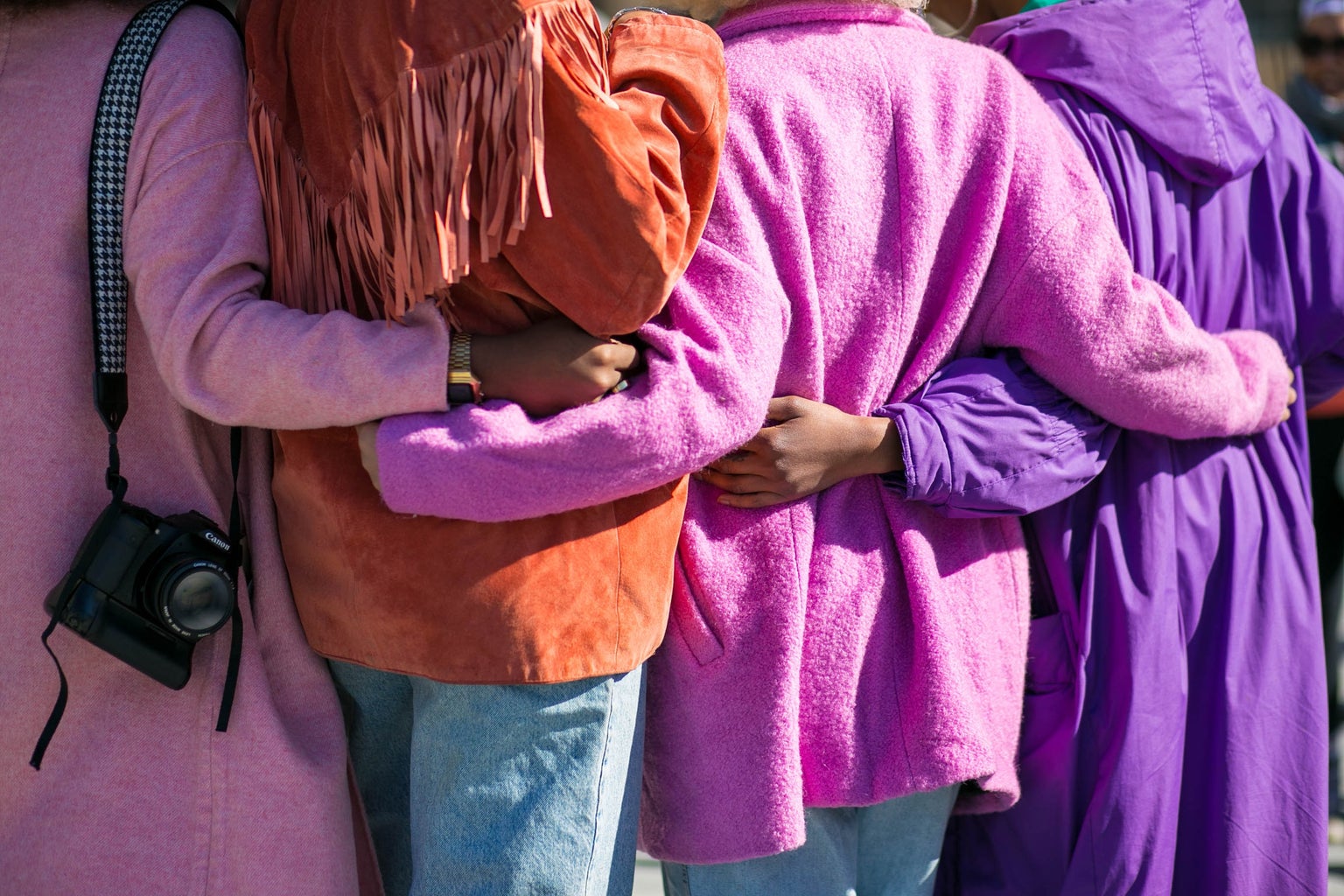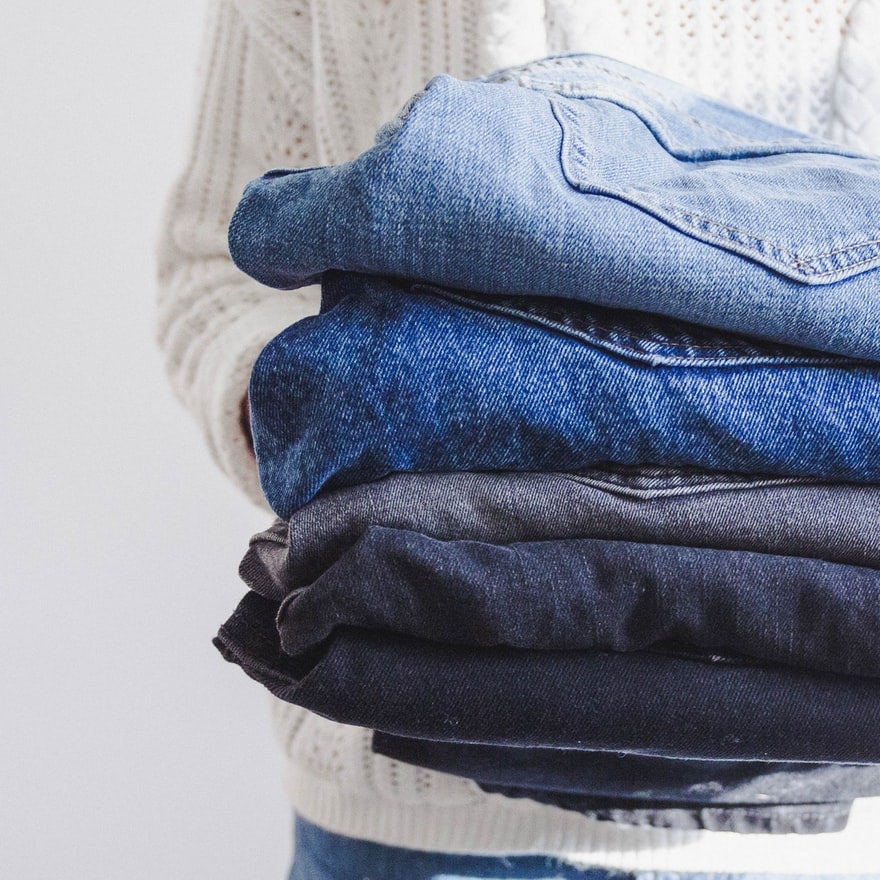Disclaimer: This was originally written for Sustainable Operations, or MGMT 4130, at The University of Colorado Boulder. It has been published here with permission from Terri Walters, my professor for this class. The Leeds School of Business has many business-based sustainability courses, with an entire certificate program dedicated to them. Learn more here.
Within the fashion and textile industry, there are many concerns around sustainability, specifically within water and waste. It takes 1,800 gallons of water to make just the cotton for a pair of jeans, and this is not unique to cotton. Textile waste was 5.8% of the total waste in 2018, totalling over 17 million tons. These issues of the industry are here for many reasons: fast fashion and American consumerism creates high demand and short life for clothing, some people can only afford inexpensive, fast fashion, there isn’t widespread infrastructure in place to reuse or repair clothing, and more and more fabrics are made of plastic each year.
A behavior change that would move towards sustainability in fashion would be a wider adaptation towards thrifting, making, repairing, and repurposing clothing. People used to darn their socks, patch holes and sew buttons. Nowadays, one tear, broken seam or missing button can justify the end of the clothing’s usable life, sending it right to the landfill or to the thrift store, where 84% of donations end up in landfills anyway. This is really a mindset shift, where people need to see their items as things to take care of instead of things to serve them until they wear. The movement away from handmade clothing and towards mass-produced clothing has a lot to do with this. Handmade, tailored clothing is expensive, but it isn’t a huge deal when you only get new items every once and a while. Clothing today is the cheapest it has ever been, so we all have more clothing than ever.
This is a huge obstacle, as people hate to change what is known and convenient. You would have to convince people to buy less clothing, spend more money on the clothes they do buy, possibly change up their style if they really love to wear constant unique pieces, change their routines of a new outfit for every “X” holiday or event, and spend time at the tailor. This also presents an issue for those who have lost their entire wardrobe, or can’t afford to save up for their next piece of clothing. Many people shop fast fashion because they need a large amount of clothes and can’t afford to spend much money. This could be because of weight gain, a new job, a fire, or other circumstances.
“The idea of missing out on the latest fast-fashion trends can trigger anxiety, affect self-esteem, and create an unnecessary sense of demand.” You’d also need to address the mentality issues and social worries that arise when doing something out of the ordinary. People would have less clothing to choose from, more outfit repeats, and more laundry loads. People may feel ostracized from trends if they’re an early adopter of sustainable fashion, and in some social circles, it may be seen as a lack of style.
A technology change that could really help the water use for natural fabrics like cotton would be hydroponics. Hydroponics can use up to 10 times less water than traditional growth methods, and this would greatly reduce the amount of water needed to make things like jeans. This is because “Water in a hydroponic system is captured and reused, rather than allowed to run off and drain to the environment.” Hydroponics also uses less space, which would reduce the amount of land needed to produce fabrics, as well as reduce waste of electricity and building materials. An issue that arises here would be scalability. We rely so heavily on plastic fabrics, and it may not be feasible to scale natural fabrics like cotton, wool, linen, and silk to meet even a sustainable demand. Polyester is a very popular fabric that is made from plastic and it is cheap to make, cheap to wash, and cheap to care for. It covers about half of the overall fabrics market. In 2016, polyester fiber production was estimated at 65 million metric tons. But, unlike natural fabrics, it releases microplastics when washed that are small enough to get through pipes and into our water system.
“These microplastics are filling our water and air, and are being ingested by marine life and animals and even us. While the full extent and impact of these microplastics is not yet clear, it is clear that the problem is huge (microplastics have been found all around the world) and could have detrimental impacts to plant, animal, and human health.” The big gaps between current available solutions and what we really need to do to move towards sustainable clothing is universal basic income and social mindset change. Most people would like to be more sustainable, but lack the financial resources or knowledge to do so. It is expensive to buy sustainable clothing because of the more expensive fabrics, but also the tolerable conditions and livable wage for the people physically making the clothes. Universal basic income would aid this issue, because people wouldn’t need to worry about putting food on the table, heating their homes, or paying bills. This means they would have more available money to put towards costlier sustainable options. This also has a double effect, where people may not have to engage in unsustainable things, like having a gas guzzling car or overusing their farm land just to make money. But this still isn’t just as easy as just having sustainable options, or even affordable ones. People want to express themselves via their clothing and not all dyes are sustainable, plus certain fabrics like velvet, faux leather, and faux fur aren’t possible without plastic. Because of this, a dynamic solution would involve UBI, a social mindset change, an increase in natural fabrics, and a use of clothing, fabrics & dyes already made.
This is all possible, and a strategy to implement these things would be to start by convincing individuals. Unfortunately, politicians tend to resist change unless their people show big support for the change, and it’s their election year. This would call for some very strategic choosing of representatives and districts so that this could become a national issue and cry for change. This would jumpstart the social mindset change, and would encourage startups in the natural fabrics, thrifting, and clothing repair industries. Convincing large companies to help out here by withholding donations from politicians or funding those who support development would help here too. As for the UBI aspect, which is quite an expensive undertaking, with estimates around $3.5 trillion. This is just over half of their estimated budget of $6 trillion for 2022, but about 65% of that budget goes towards social security, Medicare, and Medicaid, all of which may have a reduced necessary spending with UBI. Further, UBI would stimulate the economy in an unforeseen way, where everyone would be able to pay for what they need, and all disposable income could be used for “unnecessary” purchases such as leisure, clothing, and going out.
I see a big overlap of waste and water in the fashion and textile industry and the sachet economy. The issues tend to stand on poverty and convenience, leave the people least able to change to bear the burden of waste, and are part of our daily lives, making them even more difficult to change. They also both have a long decomposition period once they’ve been tossed, and make up a large portion of our waste.
Drawbacks of coordinating sustainability efforts of these two areas are that many sachets are laundry detergents, and polyester is the easiest fabric to clean, calling for less amount of the detergent needed. This means that as the amount of clothing from natural fabrics increases, the amount of laundry detergent sachets needed will also increase.
